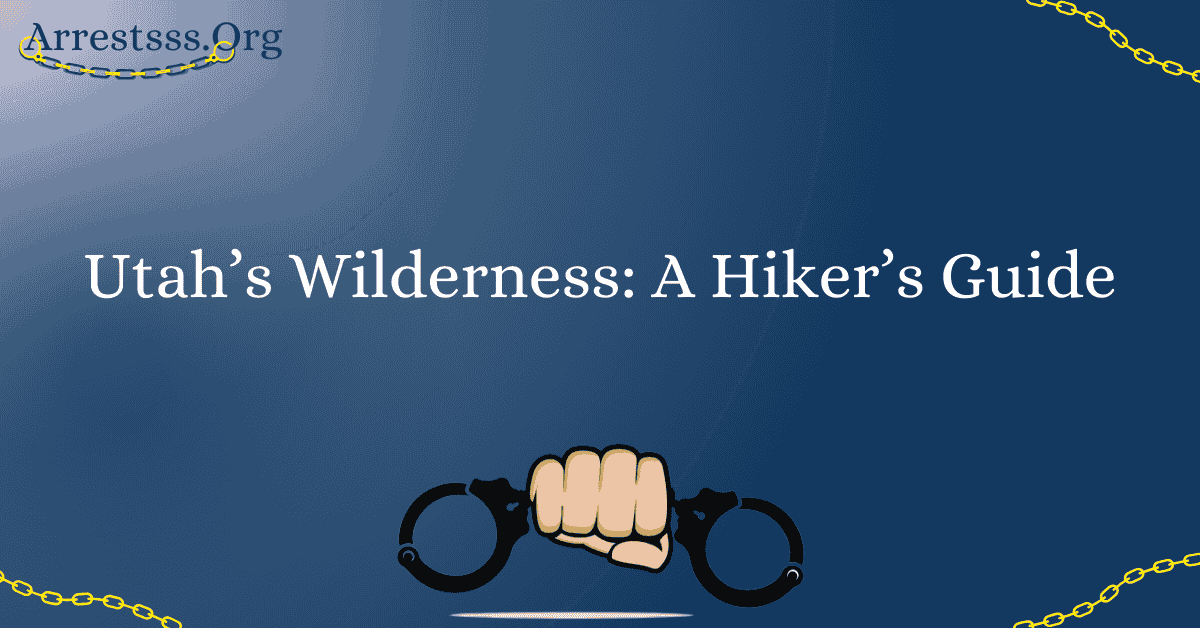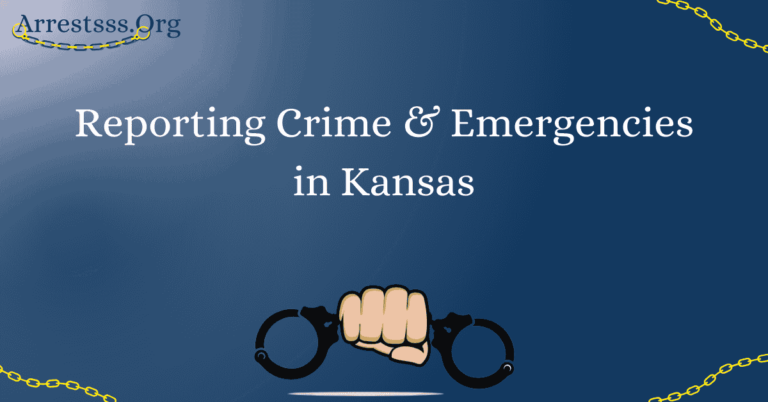Utah’s Wilderness: A Hiker’s Guide

Utah, with its stunning natural landscapes and vast wilderness areas, is a hiker’s dream destination. From the iconic red rock formations of Arches National Park to the tranquil alpine lakes of the Uinta Mountains, this state offers a diverse range of hiking experiences. However, to fully enjoy your adventure while navigating Utah State’s remote wilderness, it’s crucial to understand the terrain, wildlife, safety precautions, and lesser-known gems that await you.
Understanding Utah’s Diverse Terrain
Utah’s terrain is incredibly diverse, making it a paradise for hikers. Here’s a closer look at the different types of landscapes you’ll encounter:
- Exploring the Desert Landscapes: Southern Utah boasts world-famous desert landscapes, featuring intricate arches, towering spires, and surreal slot canyons. Hiking in these areas requires an understanding of the harsh desert climate, extreme temperatures, and the need for proper hydration. Be prepared with sun protection, plenty of water, and knowledge of desert survival techniques.
- Navigating Alpine Environments: In the northern part of the state, you’ll find the Uinta Mountains and other alpine regions. These areas offer cool, pristine forests and high-altitude lakes. Hikers should prepare for rapidly changing weather conditions, including thunderstorms, and ensure they have appropriate clothing and gear for cold temperatures at higher elevations.
- Challenges of the Canyon Country: Utah’s canyons, such as those in Zion and Bryce Canyon National Parks, provide unique hiking opportunities. However, they also present challenges like steep terrain, narrow passages, and flash floods. It’s vital to research your chosen canyon hike thoroughly, be aware of weather forecasts, and carry the necessary safety equipment.
Wildlife Encounters: What You Need to Know
Utah is home to a variety of wildlife, from the graceful mule deer to the elusive mountain lion. Here’s how to safely coexist with the local fauna:
- Identifying Common Species: Familiarize yourself with the wildlife you may encounter on your hikes. This includes mule deer, coyotes, bighorn sheep, and various bird species. Understanding their habits and habitats enhances your hiking experience.
- Safety Measures Around Wildlife: Maintain a respectful distance from animals, never attempt to feed them, and avoid any sudden movements or loud noises that might startle them. In bear country, carry bear spray and know how to use it. Always secure your food to prevent wildlife from approaching your campsite.
- Protecting the Ecosystem: Leave No Trace principles are essential. Pack out all trash, use established trails, and avoid trampling fragile desert cryptobiotic soil. By minimizing your impact, you help preserve these delicate ecosystems for future generations.
Essential Hiking Gear and Preparation
Proper preparation is the key to a successful hike in Utah’s wilderness. Here’s what you need to consider:
- Packing for Changing Conditions: Utah’s weather can be unpredictable, so layer your clothing for versatility. Carry essentials like a map, compass, or GPS device, first aid kit, headlamp, and a multi-tool. Don’t forget a rain jacket or windbreaker, even on clear days.
- Water Sources and Purification: Water is scarce in many parts of Utah’s wilderness. Research your route to know where water sources are located and carry a reliable water purification method, such as a filter or purification tablets, to ensure your safety.
- Planning Your Route: Before heading out, inform someone of your itinerary and expected return time. Familiarize yourself with the trail’s difficulty level, distance, and elevation gain. Always carry a detailed map and know how to use it in case of unexpected detours.
Hidden Gems: Off-the-Beaten-Path Destinations
While iconic destinations like Zion and Bryce Canyon are incredible, Utah has lesser-known treasures waiting to be explored:
- Lesser-Known Trails and Parks: Seek out trails in less-visited parks and monuments like Capitol Reef, Grand Staircase-Escalante, and Bears Ears National Monument. These areas offer solitude and unique geological wonders.
- Unique Geological Features: Discover the wonders of the Wave in Coyote Buttes, the slot canyons of Escalante, and the eerie beauty of Goblin Valley State Park. These sites offer a chance to explore otherworldly landscapes.
- Cultural and Historical Sites: Utah’s wilderness is rich in history, with ancient Native American petroglyphs, historic mining towns, and remnants of early pioneer settlements. Dive into the past and learn about the people who once called these wild places home.
Safety First: Hiking Responsibly
Enjoying Utah’s wilderness responsibly is not just about personal safety; it’s also about preserving the environment:
- Leave No Trace Principles: Follow Leave No Trace guidelines by packing out all trash, staying on designated trails, and minimizing your impact on the land. Respect wildlife and other hikers’ experiences by maintaining a low-impact presence.
- Weather and Emergency Considerations: Be aware of weather forecasts and potential hazards like flash floods and lightning storms. Carry essential safety gear, including a whistle, fire-starting materials, and a basic first aid kit.
- Hiking in Groups vs. Solo: While solo hiking can be an incredible experience, it’s generally safer to hike with others, especially in remote areas. If you do hike alone, share your plans with someone reliable and check in periodically.
FAQ’s
Is it safe to hike alone in Utah’s remote wilderness?
While solo hiking can be done, it’s generally safer to hike with a group, especially in remote areas. Make sure someone knows your itinerary, and carry essential safety gear.
What’s the best time of year to hike in Utah?
Spring and fall are ideal for most hiking in Utah. Summers can be scorching in the desert, and winters bring heavy snowfall to higher elevations. Research specific trails for season-appropriate choices.
Are there any permits required for hiking in Utah’s wilderness areas?
Some areas, like national parks and wilderness areas, may require permits. Check with local authorities and plan ahead to secure the necessary permits for your chosen trails.
What should I do if I encounter wildlife on the trail?
Maintain a safe distance, do not approach or feed the animals, and make noise to alert them to your presence. Carry bear spray if hiking in bear country, and follow recommended wildlife safety guidelines.







